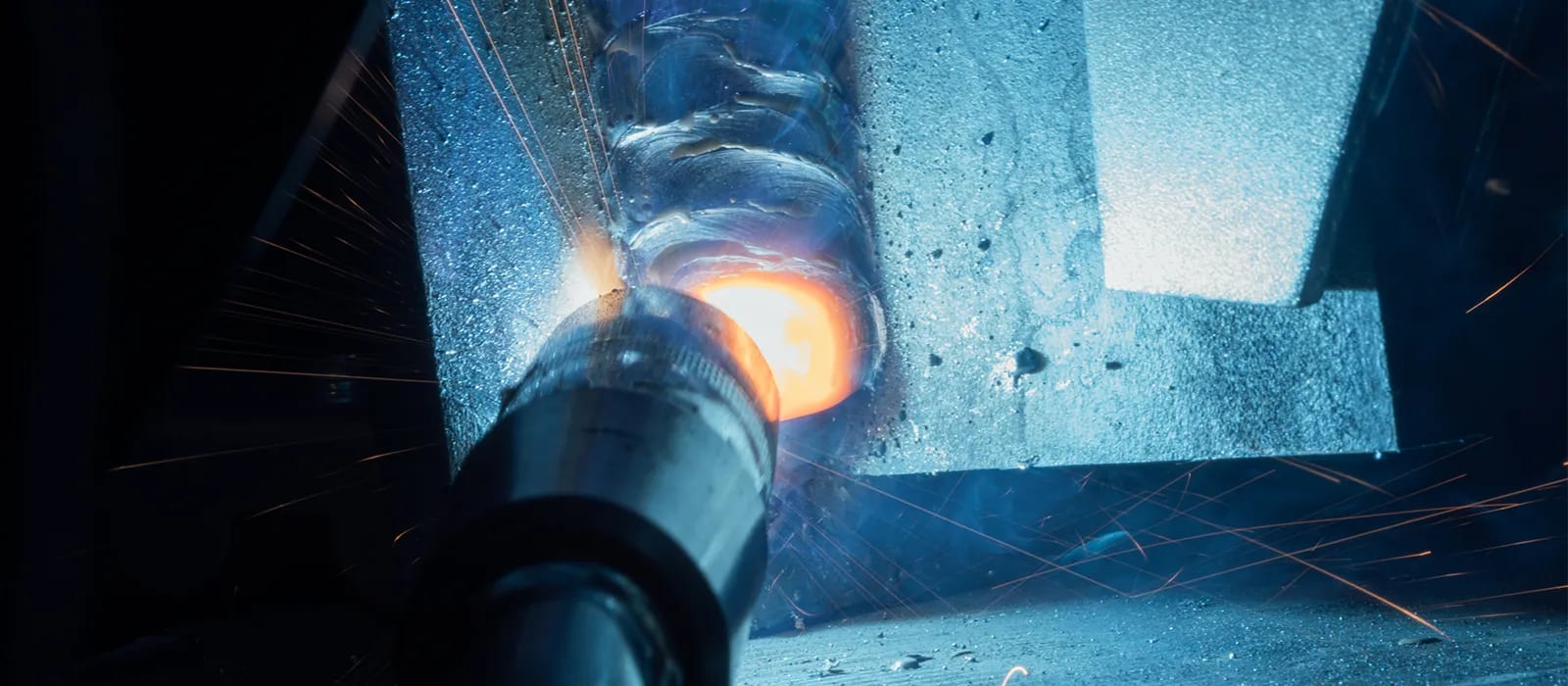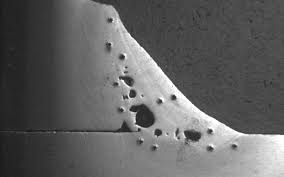Comprehensive Guide: What is Porosity in Welding and Just How to avoid It
Untangling the Mystery of Porosity in Welding: Tips for Minimizing Flaws and Making The Most Of Quality
In the intricate globe of welding, porosity stays a relentless difficulty that can dramatically affect the high quality and honesty of welded joints. As we delve into the midsts of porosity in welding, revealing the tricks to its prevention and control will certainly be extremely important for experts looking for to master the art of top notch weldments.
Comprehending Porosity in Welding
Porosity in welding, a typical problem run into by welders, describes the visibility of gas pockets or gaps in the bonded material, which can compromise the honesty and top quality of the weld. These gas pockets are generally entraped throughout the welding procedure because of different aspects such as improper shielding gas, infected base products, or wrong welding parameters. The formation of porosity can compromise the weld, making it prone to splitting and rust, ultimately causing structural failings.
Understanding the origin of porosity is essential for welders to efficiently stop its incident. By identifying the importance of maintaining appropriate gas protecting, guaranteeing the sanitation of base materials, and optimizing welding setups, welders can dramatically decrease the possibility of porosity formation. In addition, utilizing methods like preheating the base product, employing proper welding strategies, and conducting comprehensive examinations post-welding can even more assist in reducing porosity issues. On the whole, a thorough understanding of porosity in welding is essential for welders to create high-quality and long lasting welds.

Typical Reasons of Porosity
When checking welding processes for prospective high quality problems, recognizing the common reasons of porosity is necessary for preserving weld stability and stopping architectural failures. Porosity, characterized by the visibility of cavities or voids in the weld metal, can dramatically jeopardize the mechanical residential properties of a bonded joint.
Another prevalent source of porosity is the existence of wetness and impurities externally of the base steel or filler product. When welding materials are not correctly cleaned up or are exposed to high levels of humidity, the evaporation of these contaminants during welding can develop voids within the weld grain. Additionally, welding at inappropriate parameters, such as excessively high traveling speeds or currents, can generate too much turbulence in the weld pool, capturing gases and creating porosity. By dealing with these typical causes through appropriate gas securing, product prep work, and adherence to ideal welding criteria, welders can minimize porosity and enhance the high quality of their welds.
Techniques for Porosity Avoidance
Implementing effective safety nets is vital in decreasing the event of porosity in welding procedures. One technique for porosity prevention is making certain proper cleansing of the base steel prior to welding. Contaminants such as oil, grease, corrosion, and paint can bring about porosity, so extensive cleansing utilizing suitable solvents or mechanical methods is important.

An additional key safety net is the option of the right welding consumables. Utilizing premium filler materials and securing gases that are suitable for the base steel and welding process can substantially minimize the danger of porosity. In addition, preserving appropriate welding criteria, such as voltage, existing, take a trip speed, and gas circulation rate, is essential for porosity prevention. Departing from the recommended settings can cause incorrect gas coverage and insufficient blend, bring about porosity.
In addition, employing appropriate welding techniques, such as preserving a regular traveling speed, electrode angle, and arc length, can aid prevent porosity (What is Porosity). Adequate training of welders to guarantee they adhere to best techniques and quality assurance treatments is also vital in minimizing porosity flaws in welding

Finest Practices for Top Quality Welds
One secret practice is preserving appropriate tidiness in the welding location. Thoroughly cleaning the work surface and bordering location prior to welding can help alleviate these problems.
Another ideal method is to very carefully choose the proper welding specifications for the specific products being signed up with. This includes setting the right voltage, current, take a trip speed, and securing gas flow price. Proper parameter choice makes sure optimal weld penetration, combination, and general high quality. Making use of redirected here high-quality welding consumables, such as electrodes and filler steels, can considerably influence the final weld top quality. Purchasing costs consumables can lead to more powerful, extra durable welds with less problems. By complying with these ideal practices, welders can consistently generate top notch welds that satisfy sector criteria and surpass client expectations.
Relevance of Porosity Control
Porosity control plays an important role in guaranteeing the integrity and high quality of welding joints. her explanation Porosity, characterized by the existence of dental caries or voids within the weld steel, can considerably compromise the mechanical buildings and structural integrity of the weld. Extreme porosity weakens the weld, making it more vulnerable to cracking, rust, and total failing under functional tons.
Effective porosity control is important for preserving the preferred mechanical homes, such as strength, ductility, and strength, of the bonded joint. What is Porosity. By lessening porosity, welders can improve the total high quality and reliability of the weld, making certain that it meets the efficiency needs of the desired application
Additionally, porosity control is crucial for achieving the preferred visual look of the weld. Extreme porosity not just deteriorates the weld but likewise detracts from its visual charm, which can be essential in industries where looks are necessary. Correct porosity the original source control strategies, such as utilizing the correct shielding gas, managing the welding parameters, and making certain appropriate cleanliness of the base materials, are important for creating premium welds with marginal problems.

Verdict
In conclusion, porosity in welding is a common issue that can endanger the quality of the weld. It is necessary to manage porosity in welding to guarantee the stability and toughness of the final product.